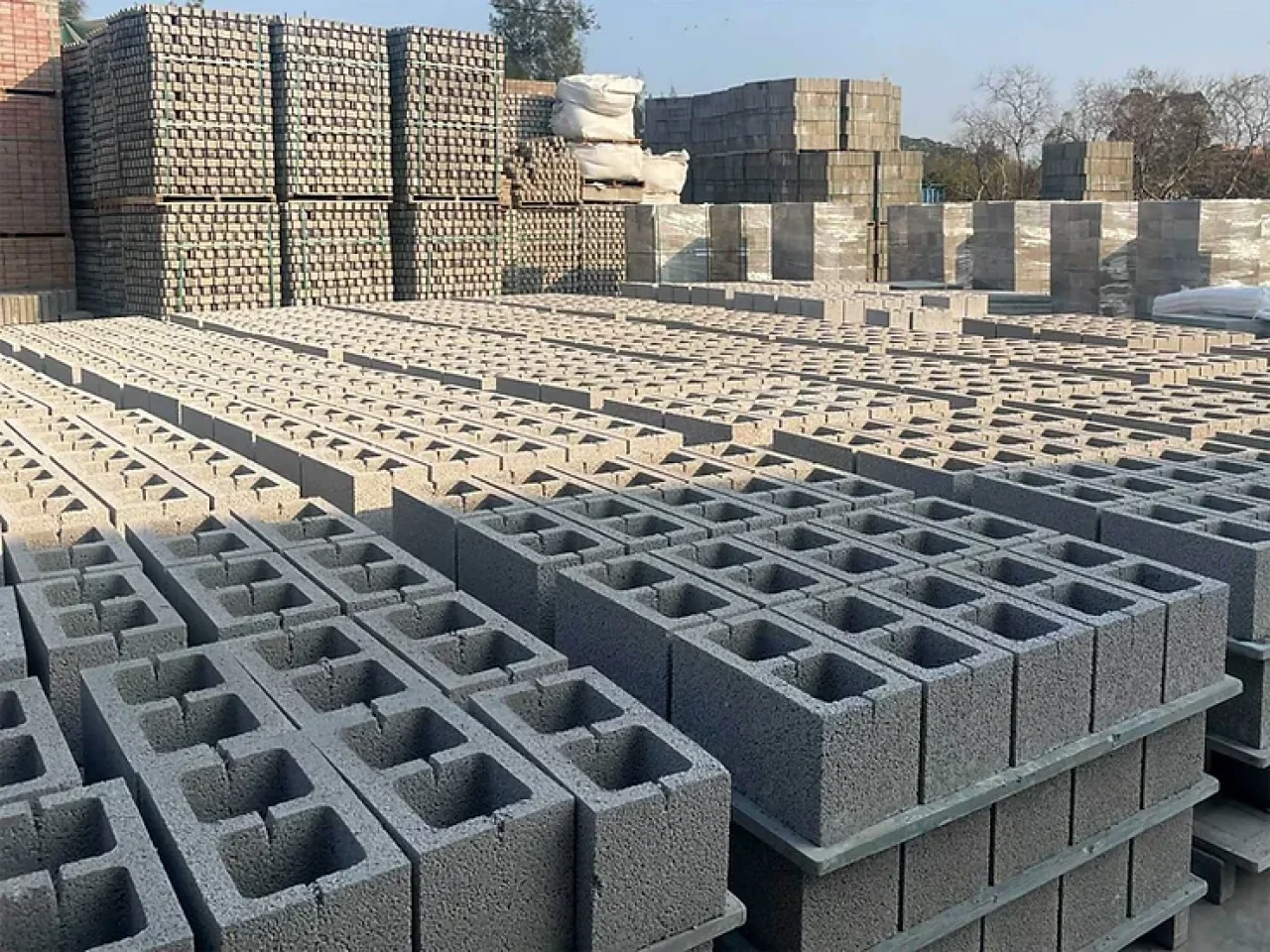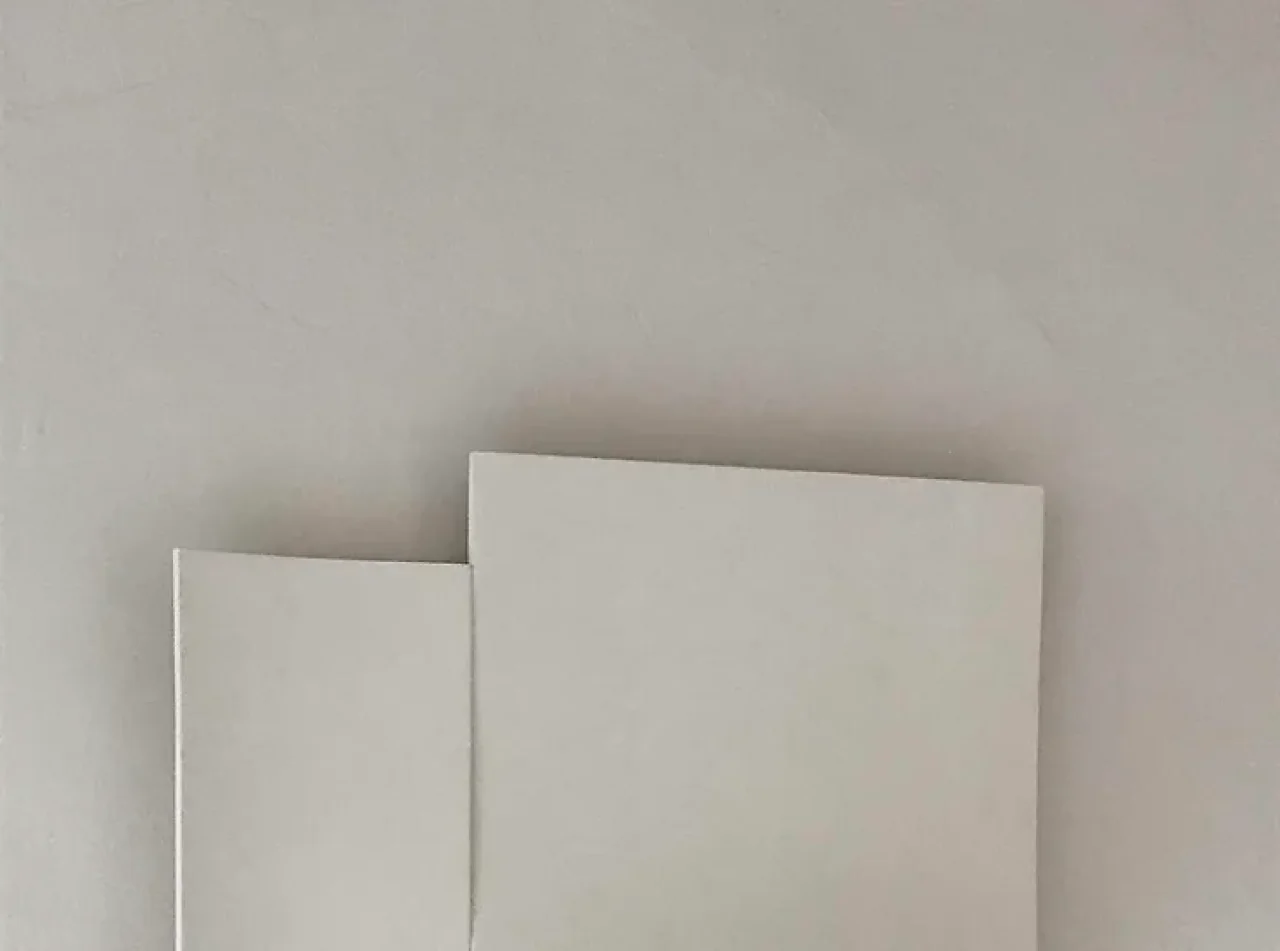Grey Carbon: The Climate Solution You Haven’t Heard About

Grey doesn’t typically evoke things that are good for the environment, right? Yet, nowadays there is a lot of green stuff that doesn’t really work (read greenwashing). Going against the chromatic status quo, we’ve decided to put together this post to show grey carbon in its true climate-friendly colours.
Shedding A Colourful Light On Grey Carbon
We already explained what grey carbon is in another post. However, let’s clarify what it is not. Some researchers defined grey carbon as that stored in fossil fuels, like those burnt to make cement. Someone else labelled it as industrial emissions, of which the construction sector is a significant contributor. Well, Partanna is building (literally!) a totally different concept. As certified by Verra, our technology is a carbon-negative concrete that has two major positive effects:
Avoiding the carbon emissions released by cement making.
Removing carbon dioxide from the atmosphere through a mineralisation process.
The Challenges Of Carbon Negative Concrete
Many of you will know that Ordinary Portland Cement (OPC) is the major component of standard concrete. A lesser known fact is that one of the steps required to make OPC is to cook up a bunch of ingredients into a kiln to around 2,000 °C. This treatment, which is part of the clinkering process, inevitably builds up the carbon emissions burden of concrete.
Over the last few years, scientists have been trying to develop innovative formulations for low-carbon or even carbon-negative concrete. For instance, researchers recently replaced some of the cement with biochar, which is basically charcoal made from biomass or organic waste. While tagging their invention as eco-friendly, they didn’t mention that the raw material has to be subjected to a treatment (pyrolysis) at high temperature (up to 800 °C) to make biochar. On top of that, this solution is still at ground zero.
Another issue of carbon-negative concrete is the reliance on carbon capture, utilisation and storage (CCUS) technologies. Why is that a problem? Because capturing CO2 emitted at the cement plant, transporting it, and storing it underground are not carbon-free steps. This obviously bites into CCUS’ net climate benefit. Furthermore, cement plants emit much more CO2 than can be utilised. Therefore, we need to find an alternative solution to keep the exceeding greenhouse gas away from the atmosphere.
So, how do we get out of this not-so-carbon-negative circle?
When Grey Means Green
As reported in a scientific paper, for concrete to be “painted” as green, you should meet at least one of the following requirements:
- At least one of its components (e.g. cement) should be made from waste materials.
- Its production should not lead to environmental destruction.
- It should have high performance and life cycle sustainability.
Well, we’re proud to say that Partanna’s grey carbon ticks all the green concrete boxes.
In line with product design principles for circular economy, we upcycle locally sourced and widely available by-products (i.e., brine from desalination plants and slag from steel manufacturing facilities) to make our binder. This means that, unlike for biochar-based and other mixtures, we don’t squeeze in any cement at all. Plus, our carbon-absorbing concrete is already being implemented in real-life applications, such as the world's first carbon-negative housing complex in The Bahamas, including 1,000 affordable and sustainable homes. What’s more is that, once the houses reach their end of life and are demolished, the concrete and the carbon embodied into it won’t get lost. In fact, it can be reused as aggregate in new formulations.
Besides reducing the impact of polluting waste like brine or steel slag on our ecosystem, Partanna has designed a way less carbon-intensive production process compared to conventional methods. We create our cement-free building material at room temperature. Clearly, that’s an energy-related emission reduction to the nth degree when you look at the industrial state-of-the-art! So, what’s our magic trick? We just found the right green chemistry between very salty water (i.e., brine), pozzolans (taken from discarded slag), and CO2. By combining these components, we obtain a gluey substance that acts like cement without using any heat.
In addition to being greener, our carbon-sequestering concrete is just as durable as traditional concrete. Moreover, Partanna’s concrete masonry unit (CMU) is around 1.4x stronger than a typical concrete block on average. And it’s not just us lauding it. The international product testing and certification firm Intertek has confirmed that our carbon-negative concrete meets the American Society for Testing and Materials (ASTM) standards. Additionally, third-party organisations such as American Engineering Testing (AET) and Beton Consulting Engineers have validated the physical and engineering properties of our building materials.
In other words, Partanna’s grey carbon improves the natural and built environment rather than harming it.
Building Trees
Partanna is planting the seed of a new trend in the construction industry. Our grey carbon is a green technology that allows the design of buildings that breathe like trees. Get in touch today to help us build a climate-resilient future.

Discover ways to work with us
Related Article
July 10th, 2023
Five Uses for Carbon Negative Concrete
In the fight against climate change, few solutions offer as much promise or utility as carbon negative concrete.
